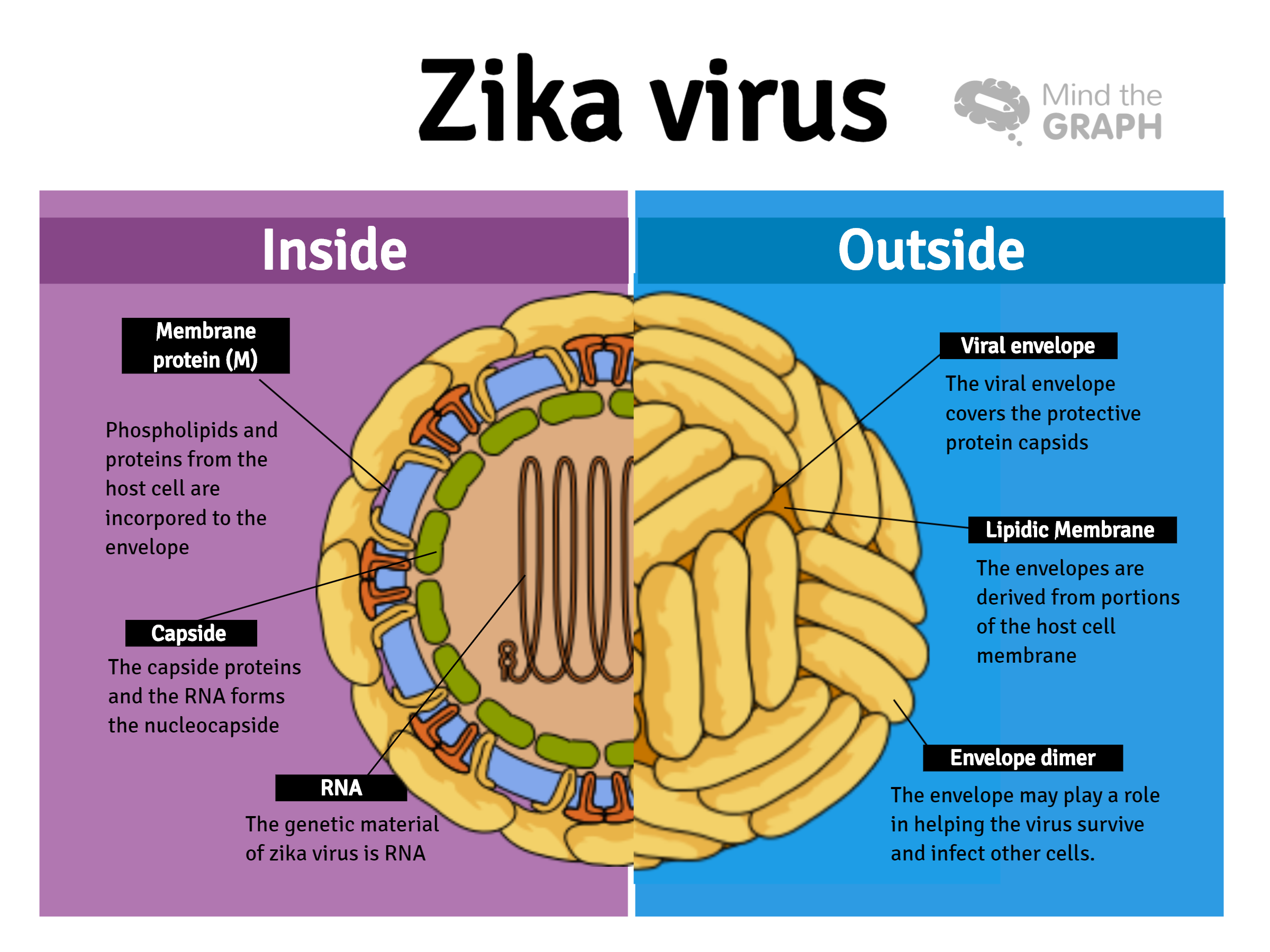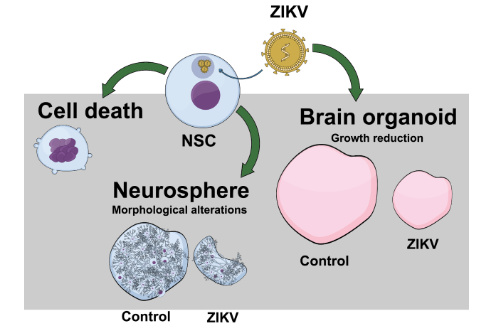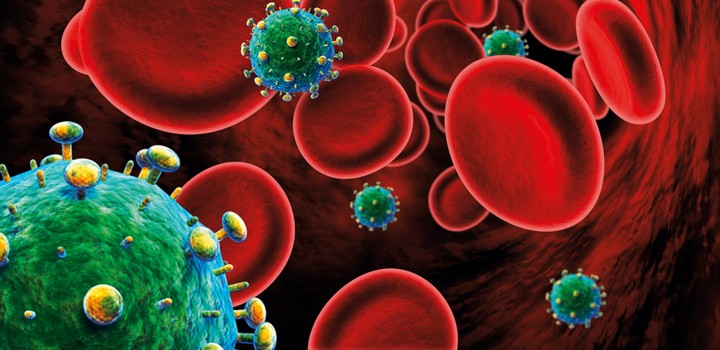It is always amazing to show the scientific work of our users. So, today I will present you the brazilian scientist Isis de Souza and her work with zika virus. Isis and her colleagues study the impact of early-life Zika virus infection in mices. She is also a mind the graph user and the winner presentation has visual resources from Mind the graph. Well, we couldn’t be more proud.
What is zika virus?
Zika virus belongs to the Flaviviridae Family. This group includes several pathogenic virus. The most known is the yellow fever virus, the type virus for the family and also the reason for the family name, as the word flavus means “yellow” in Latin. Besides that, other flavivirus are the West Nile virus, dengue virus and tick-borne encephalitis virus.
The Flaviviridae family has common size (40–65 nm) and viral envelopes that cover their protective icosahedral nucleocapsid. Also, the genetic material is RNA and they appear in the electron microscope.
The infographic below shows the basic structure of the zika virus:
Zika is primarily spread by the female Stegomya aegypti mosquito, which meeds the blood to lay eggs. The mosquito is active mostly in the daytime.
The winner paper
Recently, many researchers are studying the neurological disorders related to the congenital exposure to zika virus (ZIKV).
Moreover, Congenital microcephaly is one of the most marked effects reported in ZIKV-infected newborns. Because of that, the research efforts are focus on understanding the mechanisms of ZIKV-induced congenital microcephaly.
However, only 1 to 13% of exposed fetuses show physical malformations at birth. Besides that, there is a lack of information about the long-terms consequences of a perinatal infection.
So, Isis de Souza and her colleagues used mices to study the behavioral and neuropathological conditions and short and long-term consequences and publish the results in a paper entitled Acute and chronic neurological consequences of early-life Zika virus infection in mice.
In humans, there is many clinical conditions associated with zika virus exposure that appears months or years after birth. So, even when the babies don’t born with microcephaly, they can present motor impairments, cortical dysplasia related to seizures and other neurological disorders.
According to the authors, they “infected newborn wild-type mice systemically with ZIKV and performed a long-term follow-up of the behavioral, neuropathological, and molecular consequences of infection. We report short- and long-term complications after ZIKV infection in mice and show that early tumor necrosis factor-α (TNF-α) neutralization partially prevents these detrimental effects. Our findings unveil the need for special attention to a potential burden of neuropathological complications in children and adolescents after congenital exposure to ZIKV and suggest that early inhibition of neuroinflammation may be a potential treatment to prevent long-term neurological sequelae in ZIKV-infected infants.”
The award promoted by GE Healthcare Life Sciences
The “Prêmio Jovem Talento em Ciências da Vida” or Young Talent Award in Life Sciences is promoted by the Brazilian Society of Biochemistry and Molecular Biology and the GE Healthcare Life Sciences. A scientific committee chose five candidates to present their work at the Annual Congress, an event that connects professors and students from all over Latin America.
The comittee selected Isis de Oliveira and she presented her study of the consequences of zika virus exposure.

She wrote a post thanking her University and the scholarship that allowed her studies. Moreover, she expressed her hope to the future generation opportunities to persuit a scientific career as she had.
So, we want to congratulate Isis for her amazing work! I hope she inspire more people to be a scientist with her work.
And if you want to make your data more visual to communicate better in science, you can try Mind the Graph:

Subscribe to our newsletter
Exclusive high quality content about effective visual
communication in science.







